William Kentridge turns Moleskine notebook into art
South African artist William Kentridge is the latest contributor to the Moleskine Foundation Collection, transforming a notebook into a visual parable brimming with ‘thoughts accepted and abandoned’
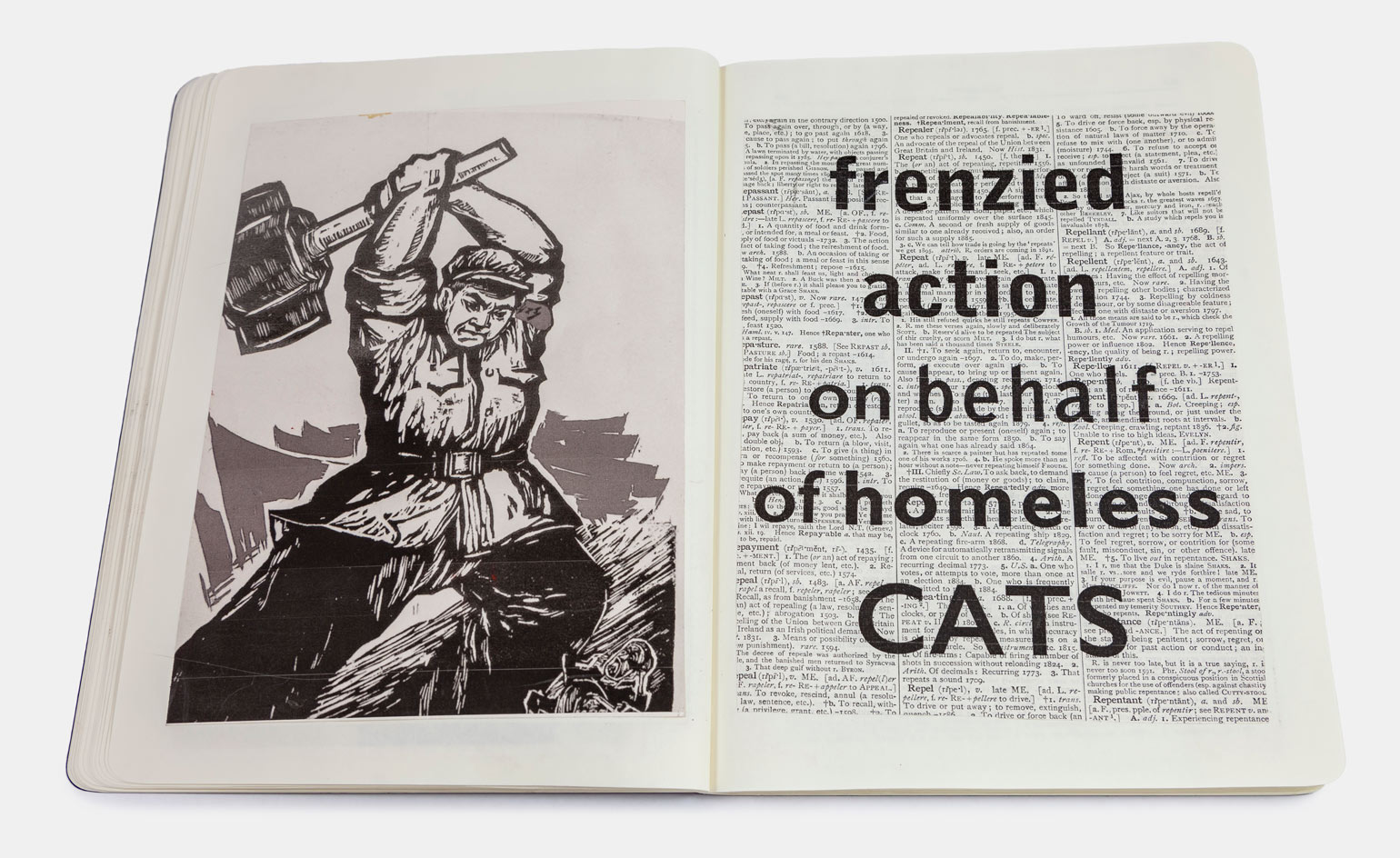
Notebooks can serve many purposes: to plan, document, inspire new concepts, and archive those rejected; to reveal the inner workings of our best ideas, and conceal those we hope will never see the light of day.
Over the last 15 years, the non-profit Moleskine Foundation has amassed a collection of more than 1,300 ‘art notebooks’, created by artists, designers, architects, musicians, filmmakers, illustrators, intellectuals and philosophers. Each contributor has transformed a Moleskine notebook into their own conceptual canvas, brimming with thoughts, sketches, images.
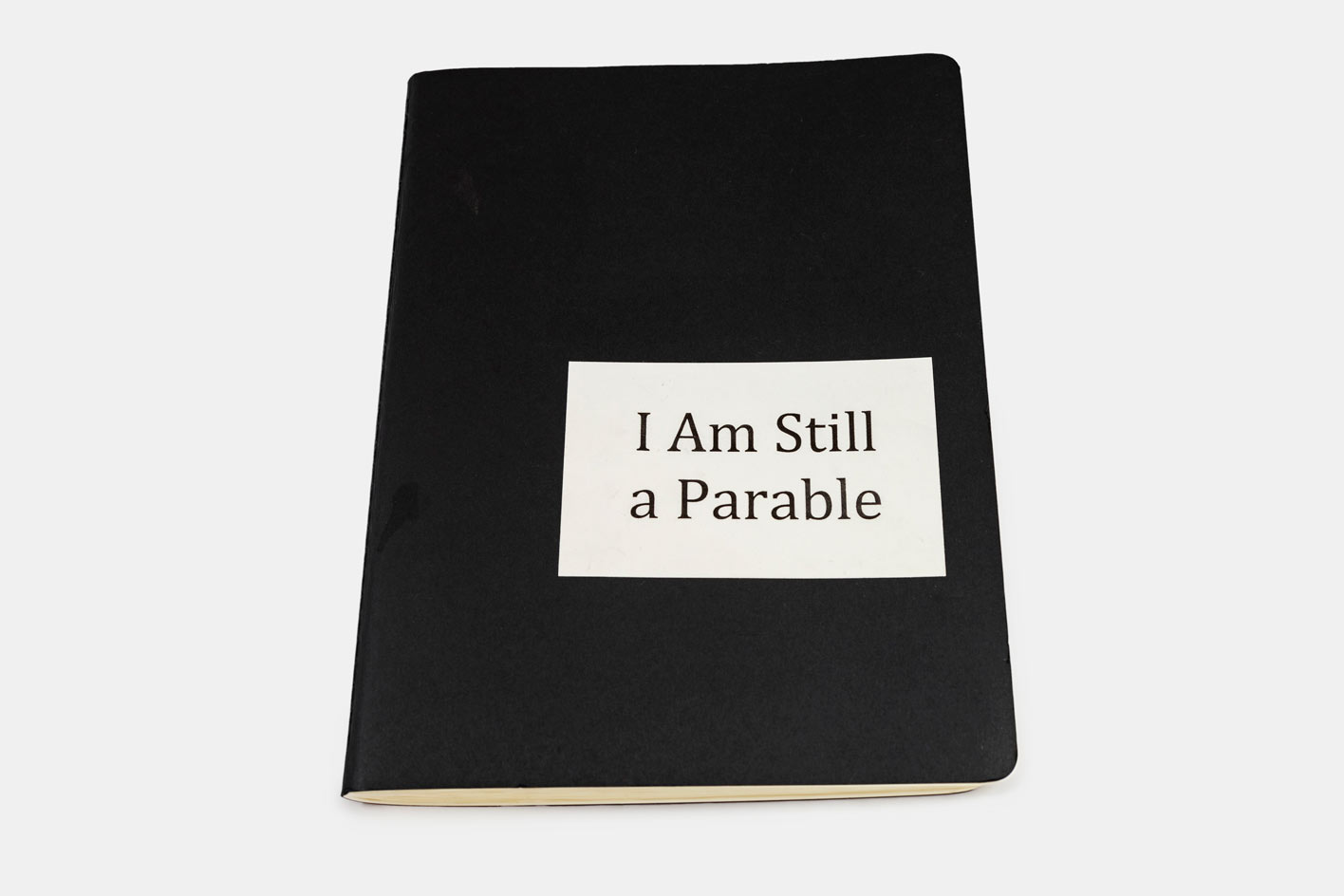
The cover of William Kentridge's I am still a parable, which has been donated to the Moleskine Foundation Collection
The resulting objects form artworks in themselves, but more broadly, create tools for education and social change. Among those who have offered their creations to the collection are Massimiliano Fuksas, Pascale Marthine Tayou, Ahmet Öğüt, Yves Behar, Sue Williamson, Patricia Urquiola, Fernando and Humberto Campana, Sigur Rós, Nicholas Hlobo, and a striking three-dimensional intervention by Joana Vasconcelos.
The latest addition to Moleskine’s impressive list of contributors is South African artist William Kentridge. Moleskine’s invitation to Kentridge came with a question: ‘What comes first?’ Kentridge answered with I am still a parable, which according to the artist is ‘a book of thinking aloud, testing the relationship of images and text. It is a record of process, rather than having any intended meaning. It gathers scraps of images and text from the studio, and as in many of my notebooks, is a mix of unused space and thoughts accepted and abandoned.’
RELATED STORY

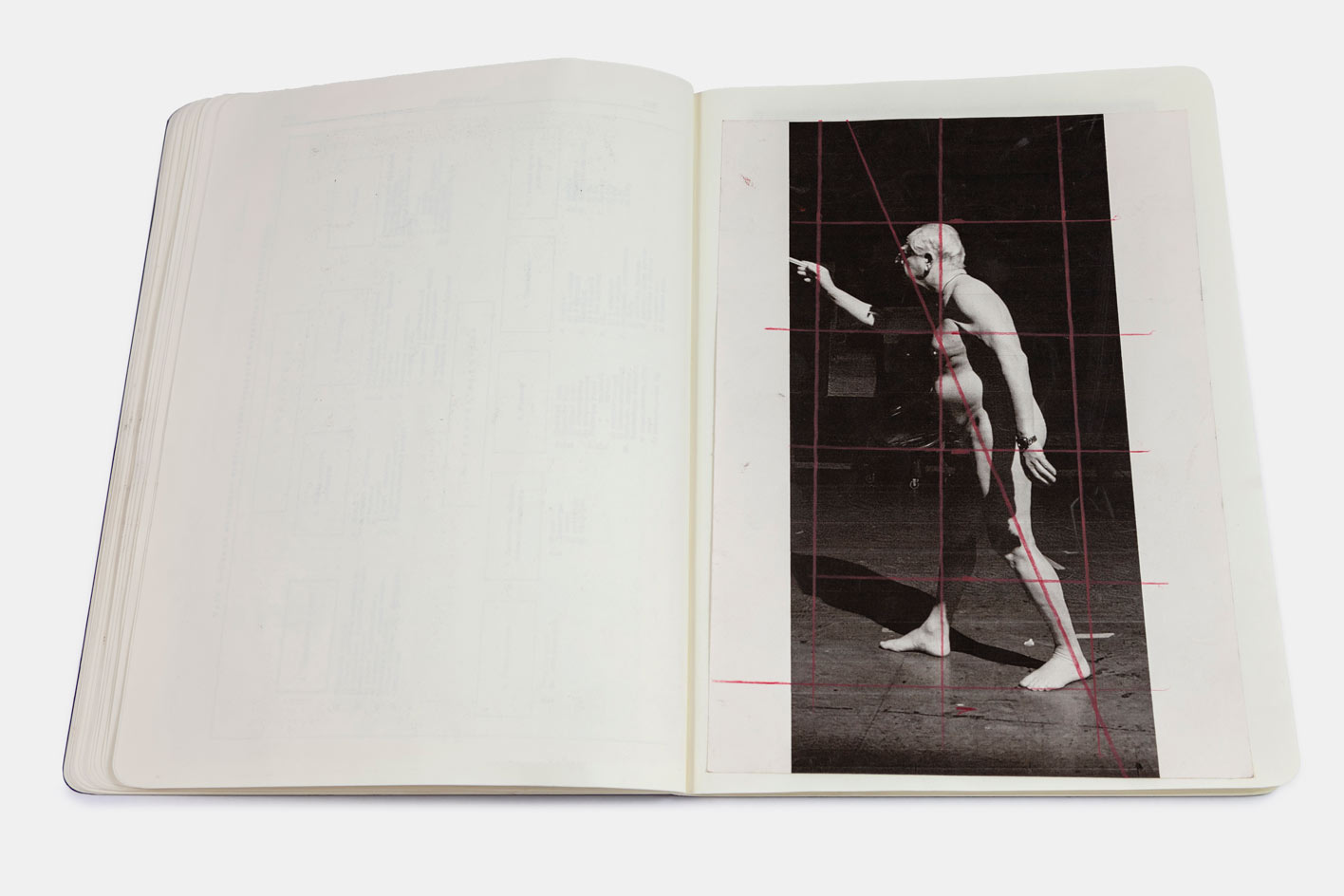

Kentridge's contribution is characterisitic of his wide-ranging practice – which spans prints, drawing, animated film and performance. I am still a parable features pages filled with drawing, text-based concepts and photographic work, to form a continuous visual allegory.
Kentridge’s donation to the collection is undoubtedly thought-provoking but takes on a role far beyond an art object. It’s a starting point for Moleskine’s unconventional education programme to inspire young creatives from marginalised communities. AtWork aims to unlock the creative potential of young people through critical thinking, nurturing their sense of self-awareness and self-confidence.
During a five-day workshop, AtWork participants are given a question, centring on issues such as identity, diversity, culture, and community. Their response is generated in the form of a personalised art notebook. These are first exhibited in a local collective exhibition and then in the final international tour exhibition. The participants can then choose to donate their works to the Moleskine Foundation Collection alongside those created by leading creatives.
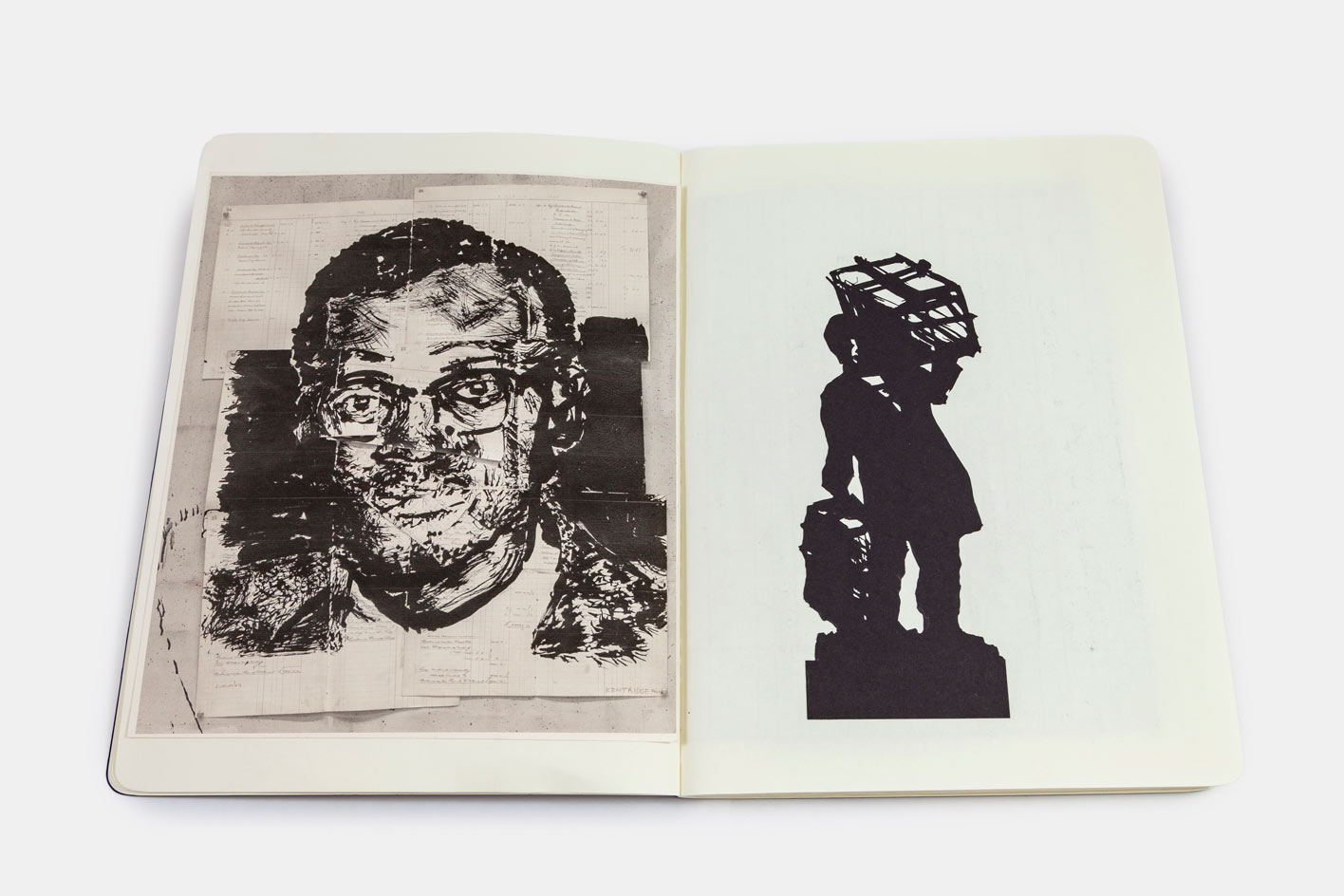
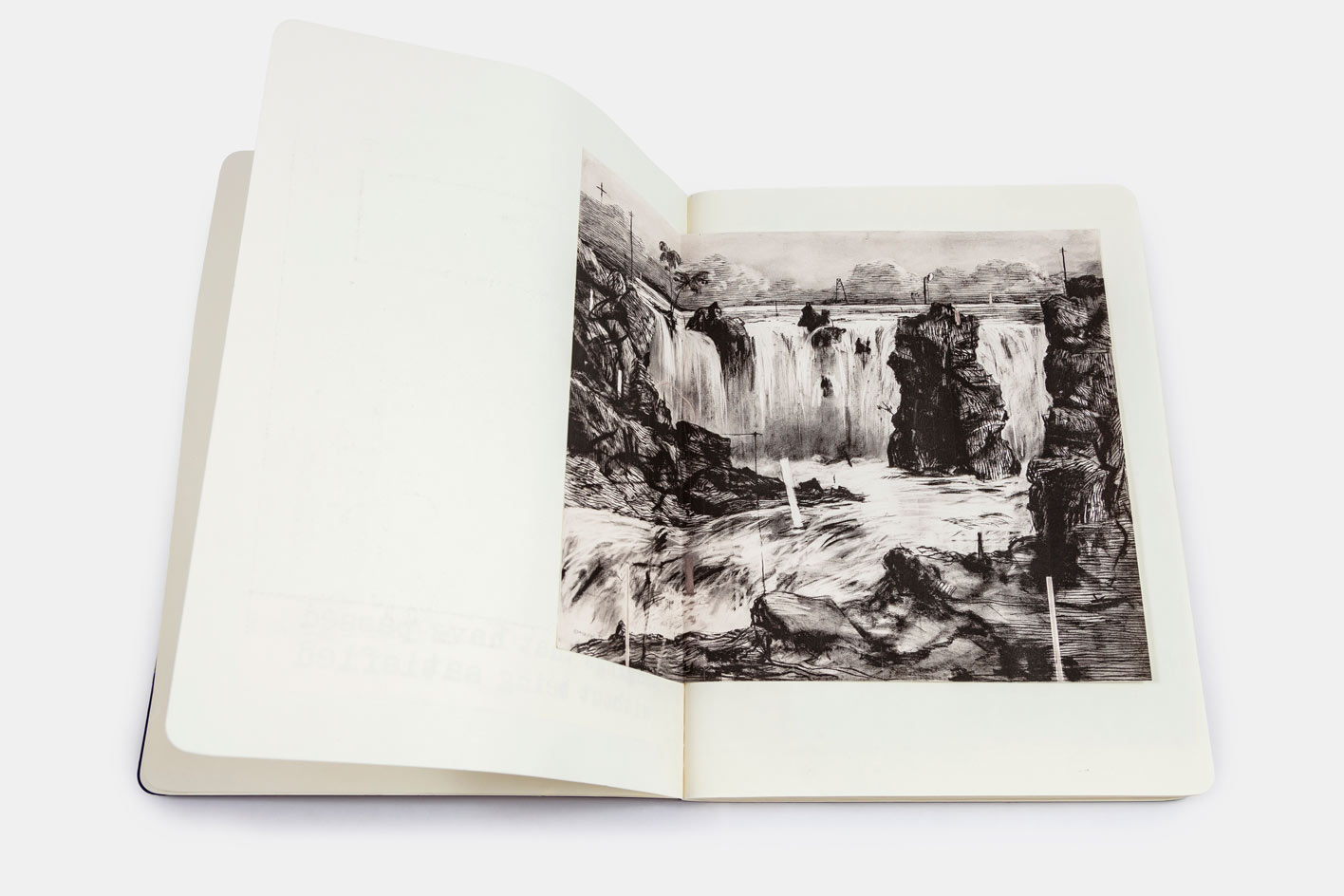
INFORMATION
Receive our daily digest of inspiration, escapism and design stories from around the world direct to your inbox.
Harriet Lloyd-Smith was the Arts Editor of Wallpaper*, responsible for the art pages across digital and print, including profiles, exhibition reviews, and contemporary art collaborations. She started at Wallpaper* in 2017 and has written for leading contemporary art publications, auction houses and arts charities, and lectured on review writing and art journalism. When she’s not writing about art, she’s making her own.
-
 The Bombardier Global 8000 flies faster and higher to make the most of your time in the air
The Bombardier Global 8000 flies faster and higher to make the most of your time in the airA wellness machine with wings: Bombardier’s new Global 8000 isn’t quite a spa in the sky, but the Canadian manufacturer reckons its flagship business jet will give your health a boost
-
 A former fisherman’s cottage in Brittany is transformed by a new timber extension
A former fisherman’s cottage in Brittany is transformed by a new timber extensionParis-based architects A-platz have woven new elements into the stone fabric of this traditional Breton cottage
-
 New York's members-only boom shows no sign of stopping – and it's about to get even more niche
New York's members-only boom shows no sign of stopping – and it's about to get even more nicheFrom bathing clubs to listening bars, gatekeeping is back in a big way. Here's what's driving the wave of exclusivity
-
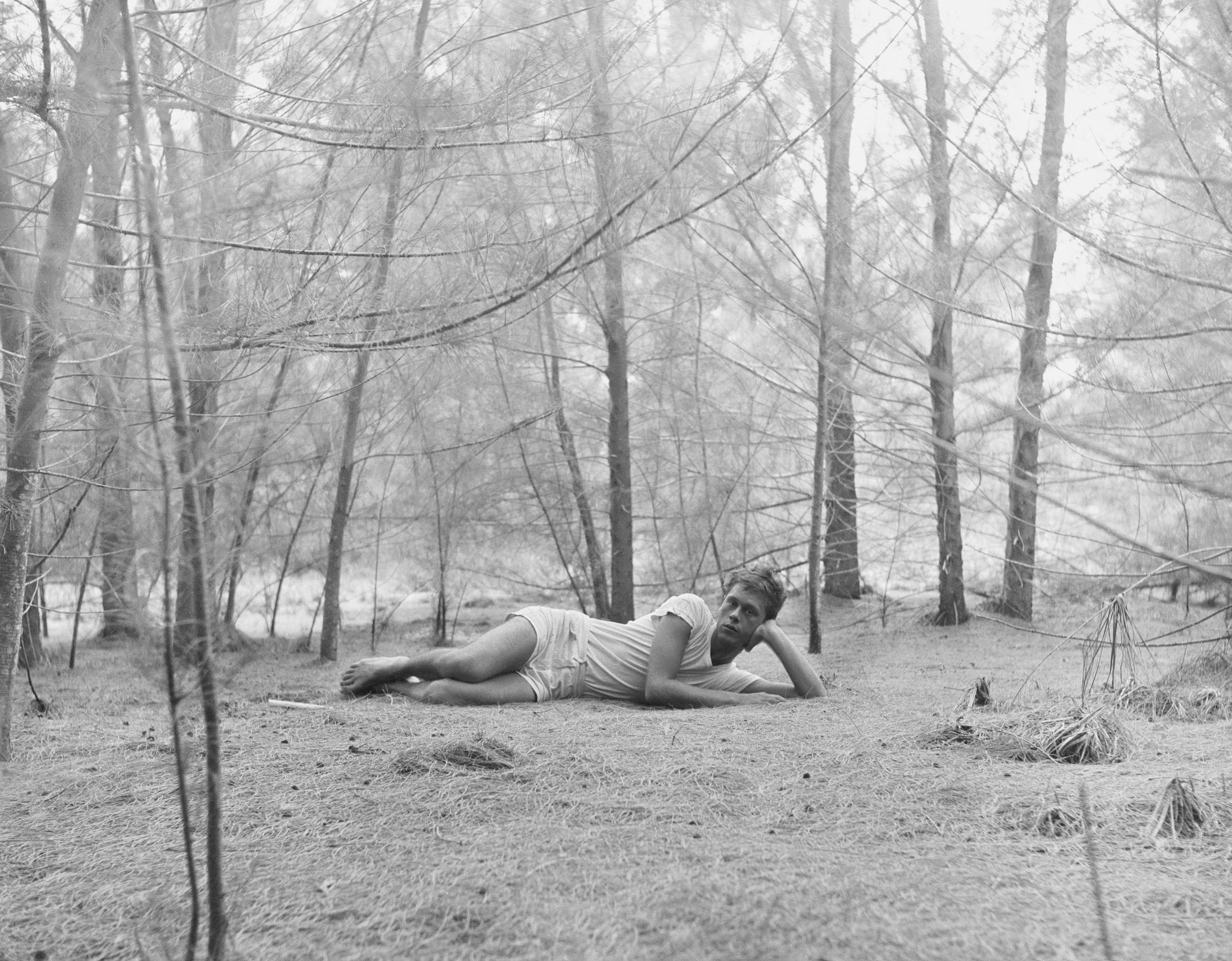 Inside the seductive and mischievous relationship between Paul Thek and Peter Hujar
Inside the seductive and mischievous relationship between Paul Thek and Peter HujarUntil now, little has been known about the deep friendship between artist Thek and photographer Hujar, something set to change with the release of their previously unpublished letters and photographs
-
 Nadia Lee Cohen distils a distant American memory into an unflinching new photo book
Nadia Lee Cohen distils a distant American memory into an unflinching new photo book‘Holy Ohio’ documents the British photographer and filmmaker’s personal journey as she reconnects with distant family and her earliest American memories
-
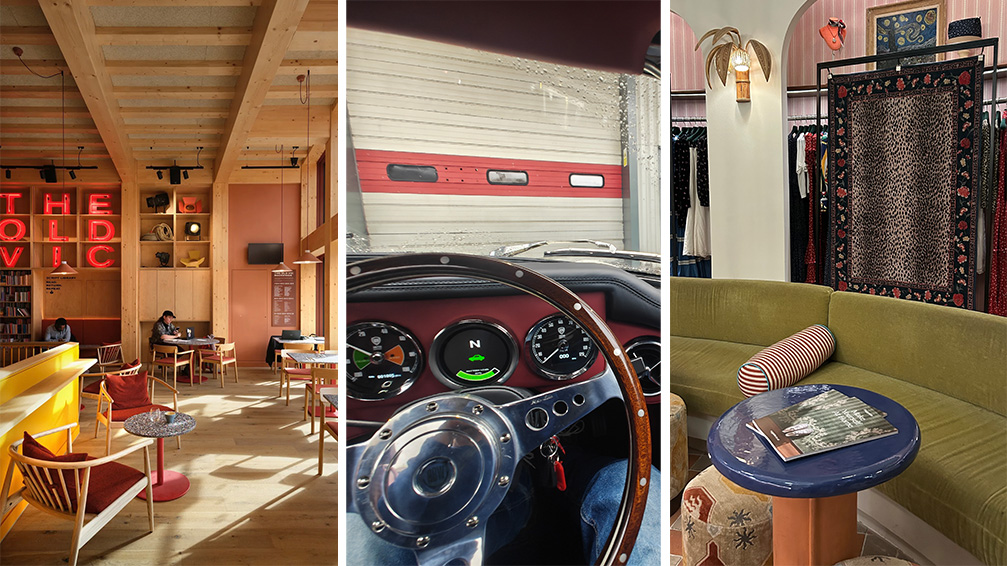 Out of office: The Wallpaper* editors’ picks of the week
Out of office: The Wallpaper* editors’ picks of the weekThe rain is falling, the nights are closing in, and it’s still a bit too early to get excited for Christmas, but this week, the Wallpaper* team brought warmth to the gloom with cosy interiors, good books, and a Hebridean dram
-
 Inside Davé, Polaroids from a little-known Paris hotspot where the A-list played
Inside Davé, Polaroids from a little-known Paris hotspot where the A-list playedChinese restaurant Davé drew in A-list celebrities for three decades. What happened behind closed doors? A new book of Polaroids looks back
-
 Inside the process of creating the one-of-a-kind book edition gifted to the Booker Prize shortlisted authors
Inside the process of creating the one-of-a-kind book edition gifted to the Booker Prize shortlisted authorsFor over 30 years each work on the Booker Prize shortlist are assigned an artisan bookbinder to produce a one-off edition for the author. We meet one of the artists behind this year’s creations
-
 Out of office: The Wallpaper* editors’ picks of the week
Out of office: The Wallpaper* editors’ picks of the weekThis week, the Wallpaper* editors curated a diverse mix of experiences, from meeting diamond entrepreneurs and exploring perfume exhibitions to indulging in the the spectacle of a Middle Eastern Christmas
-
 14 of the best new books for music buffs
14 of the best new books for music buffsFrom music-making tech to NME cover stars, portable turntables and the story behind industry legends – new books about the culture and craft of recorded sound
-
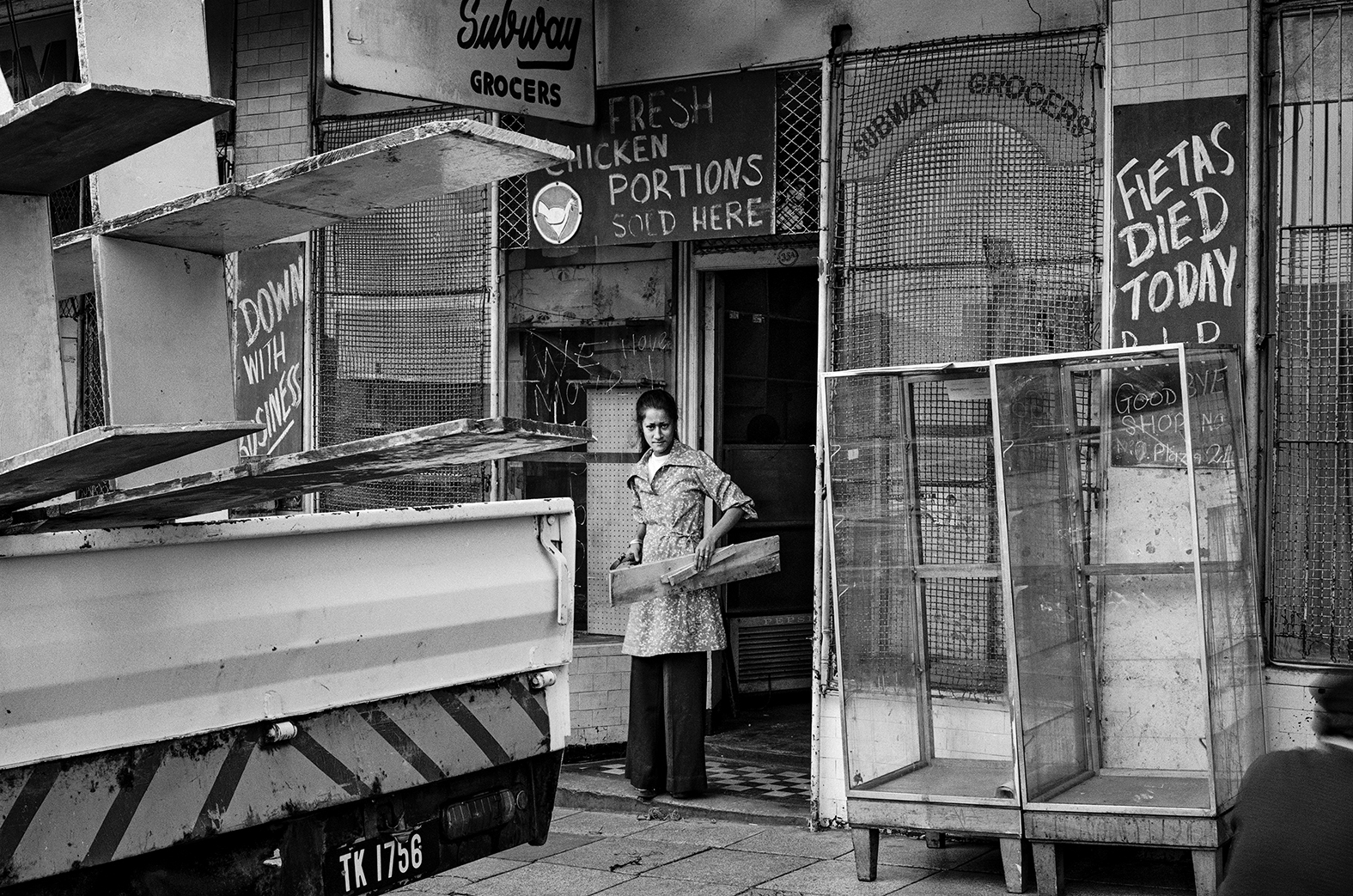 David Goldblatt captures intimate portraits of Johannesburg during apartheid
David Goldblatt captures intimate portraits of Johannesburg during apartheidBetween 1948 and 2016, David Goldblatt returned periodically to Fietas, a suburb in the west of Johannesburg’s city centre, to photograph the impact of apartheid legislation on its residents and landscape. The resulting photographs have now been collected and published for the first time